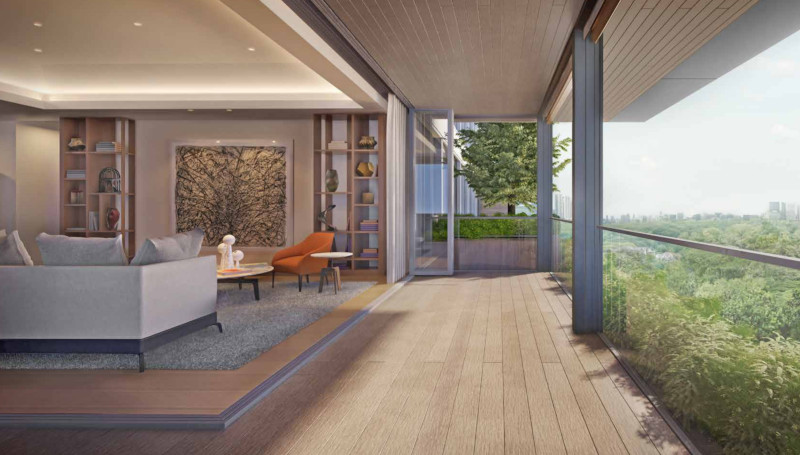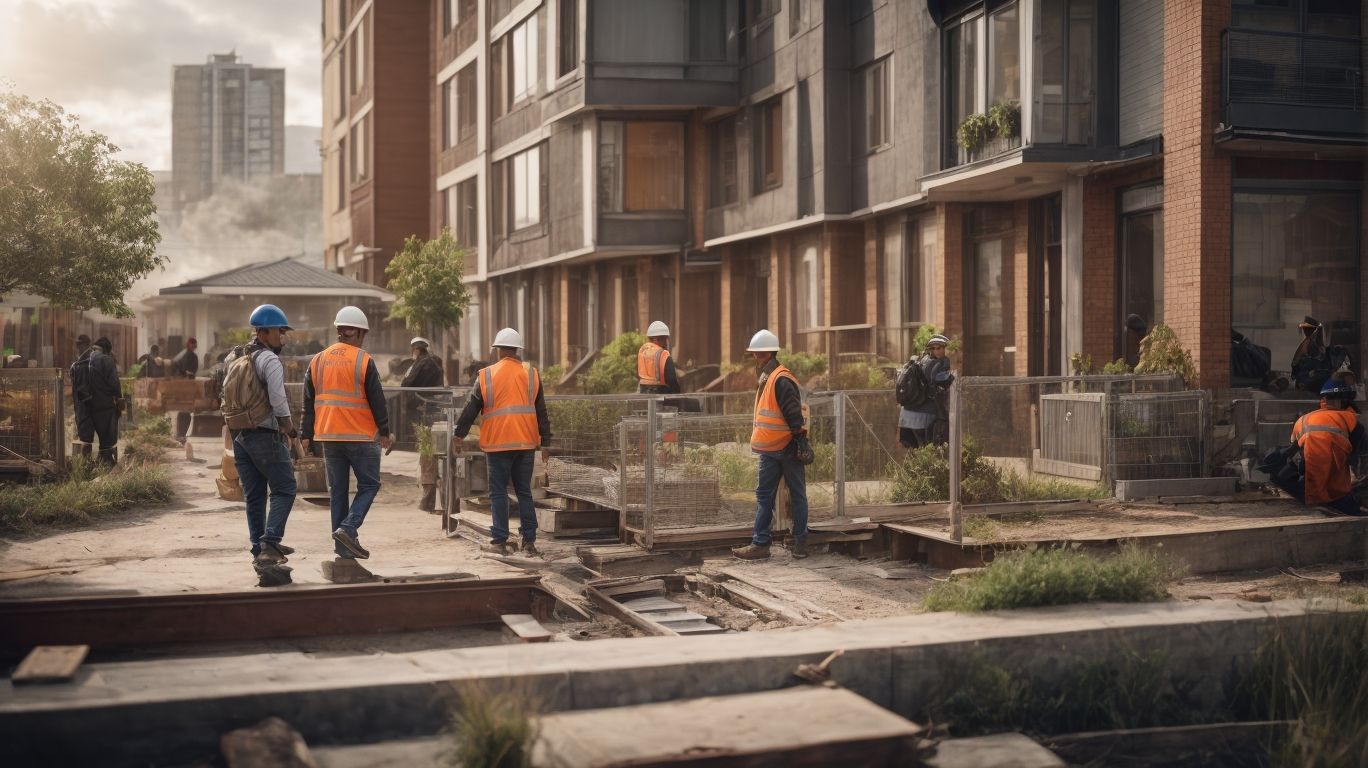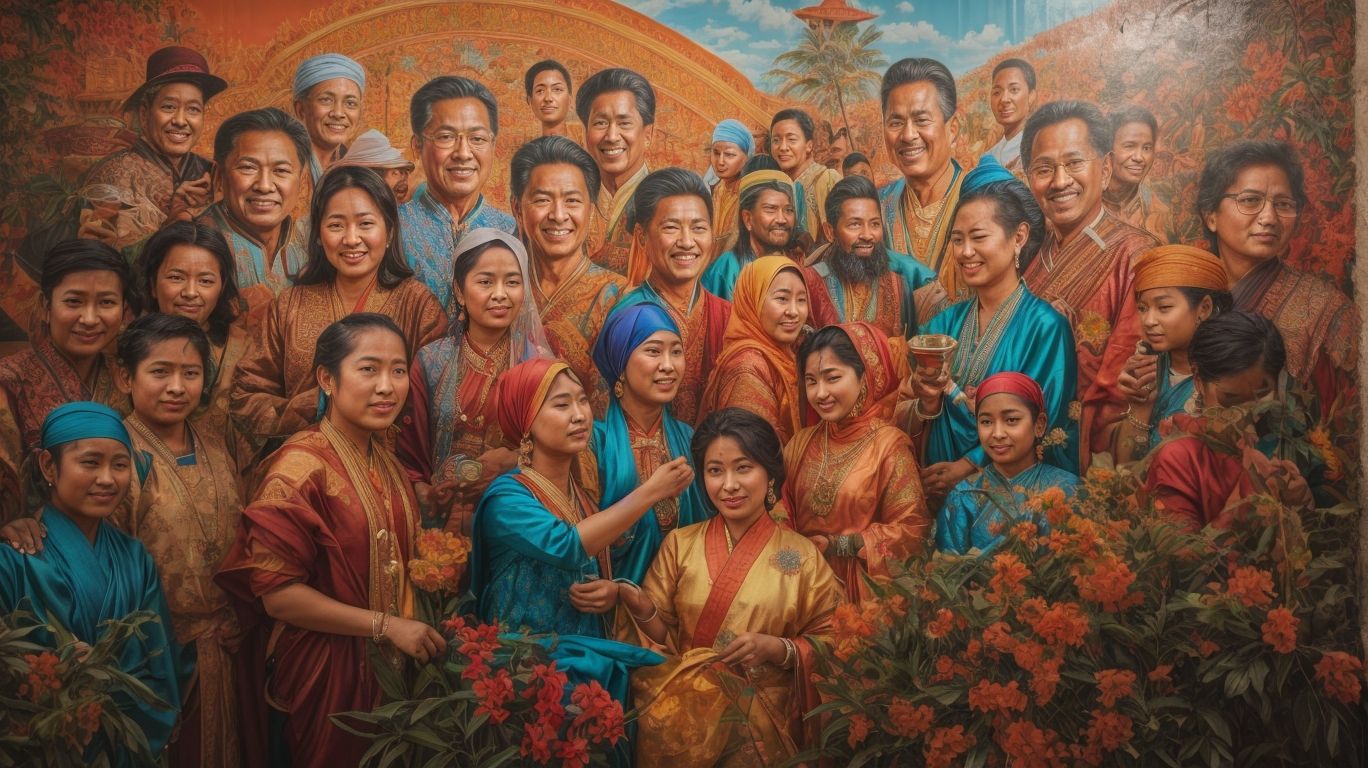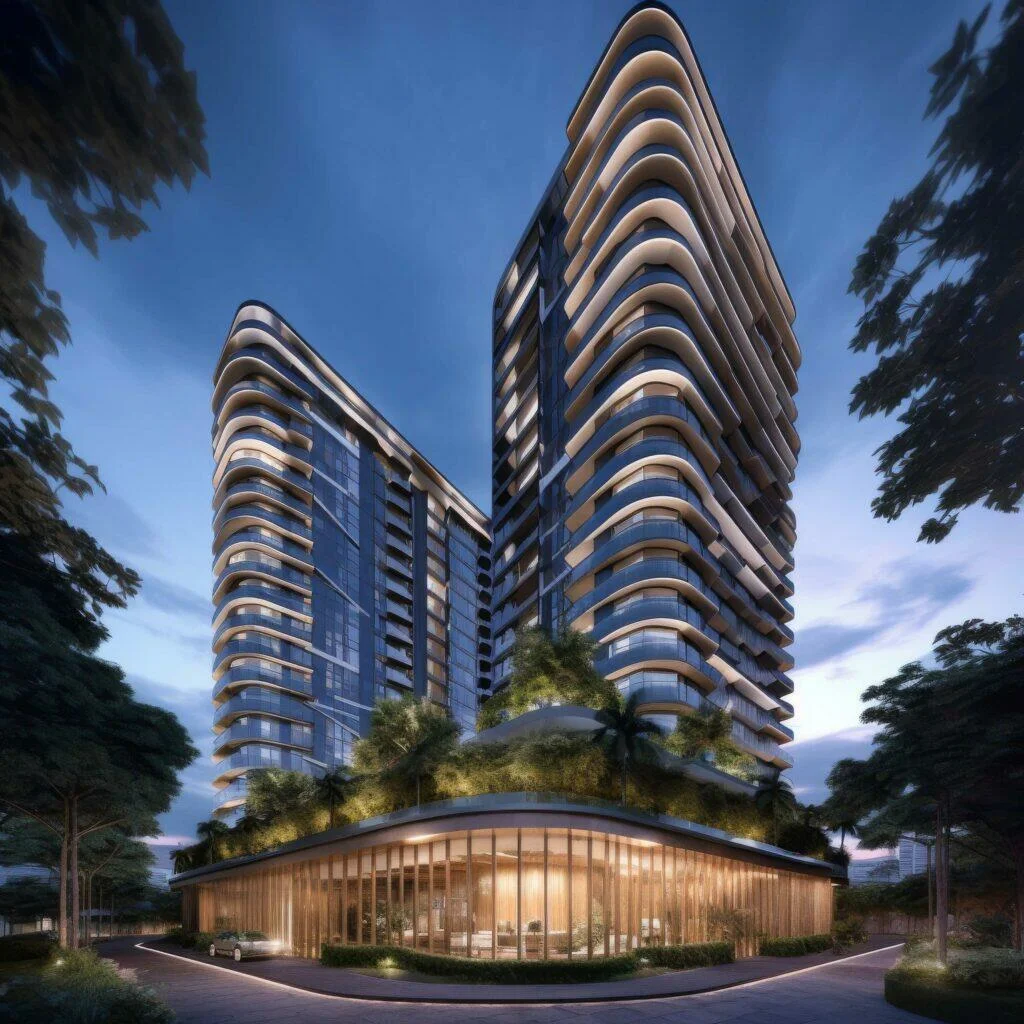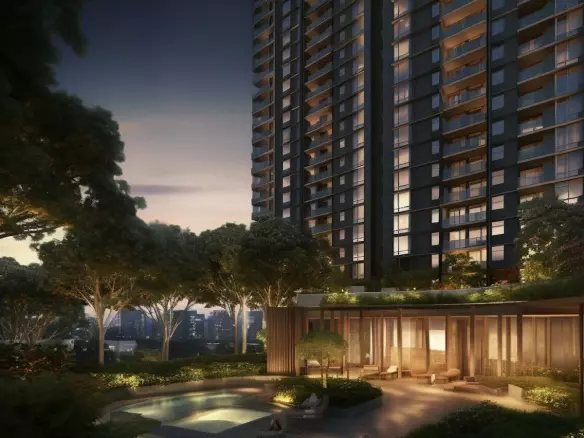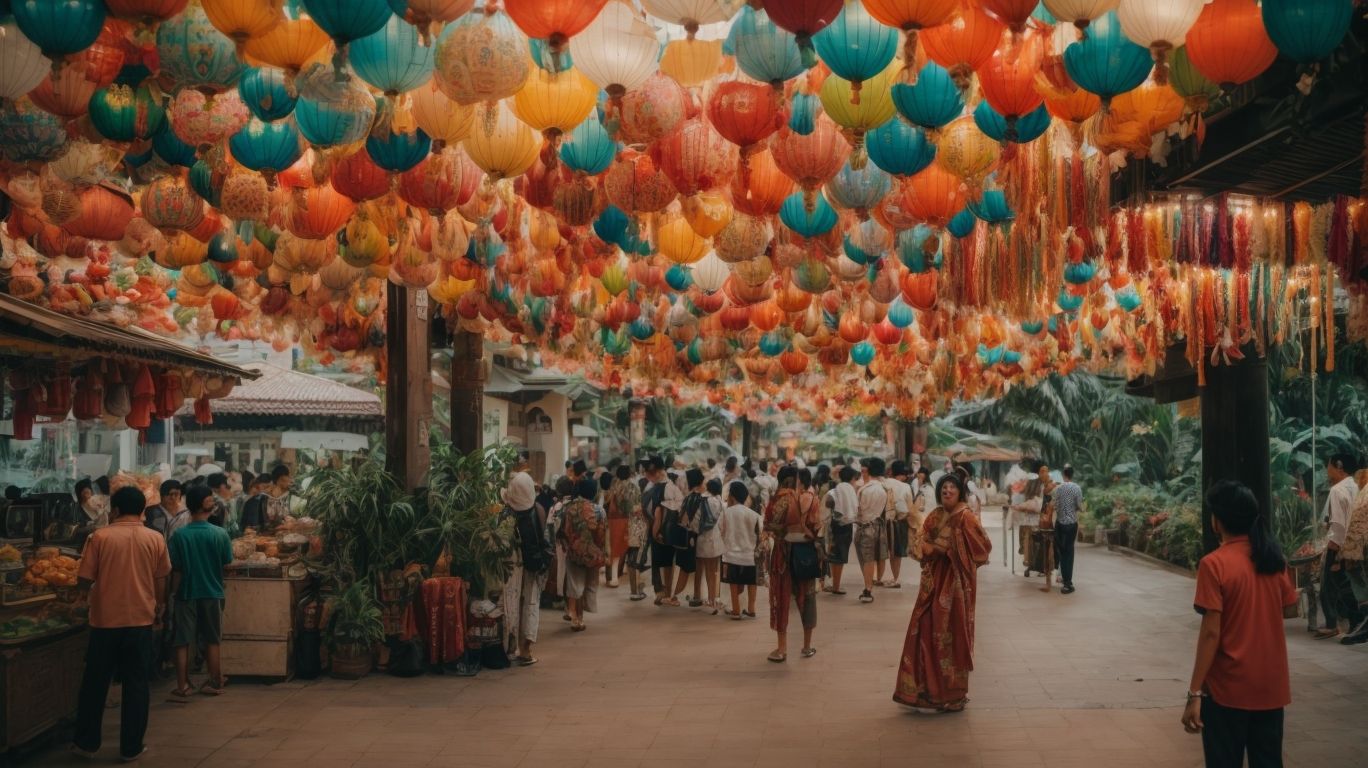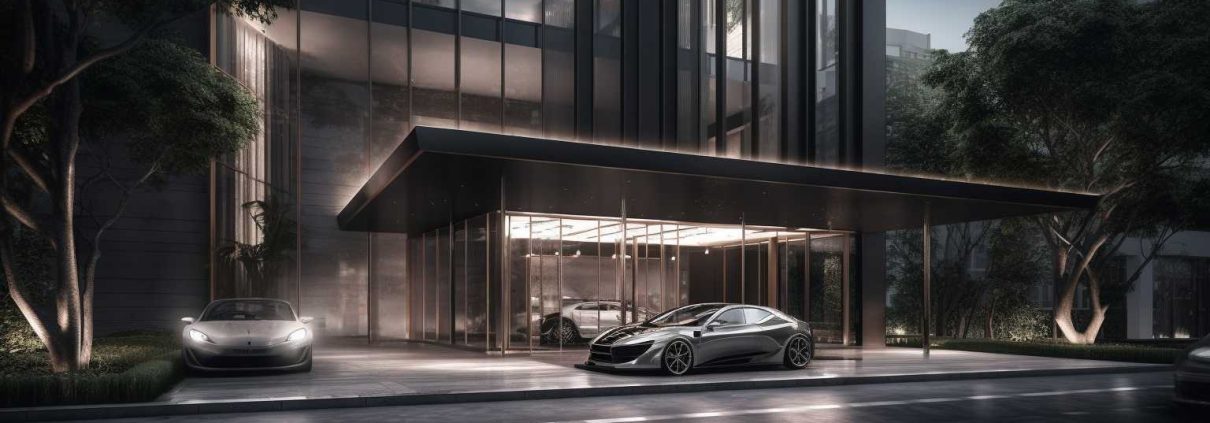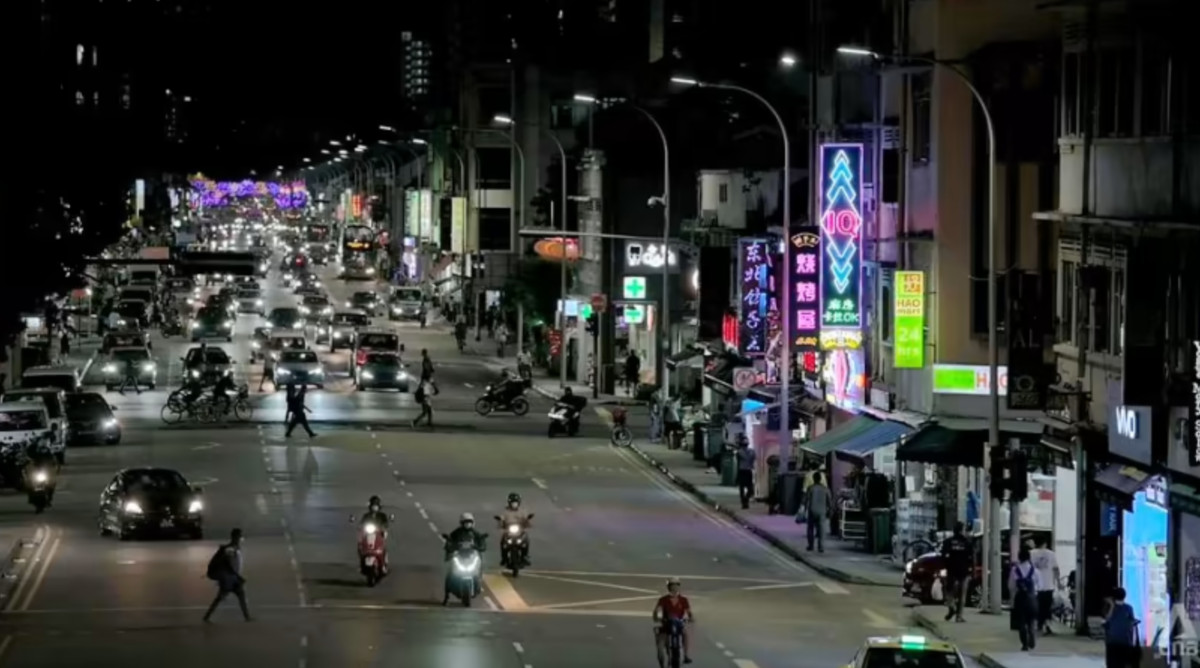
Singapore, a city known for its modernity, cleanliness, and vibrant lifestyle, is also home to a place that stands in stark contrast to these qualities—the Geylang district. Geylang has long held the reputation of being the city-state’s red-light district, a place where prostitution is openly practiced. Yet, beyond its notorious reputation, Geylang is also a neighborhood with a rich cultural tapestry, historic charm, and a unique culinary scene. In this exploration, we will delve into the many facets of Geylang, assessing the advantages and drawbacks of living in this distinctive area, and ultimately answering the question: Is Singapore’s Geylang red-light district a good place to live?
Geylang’s Historical Context
To understand Geylang’s current status as a red-light district and assess its suitability for residential living, it is crucial to examine its historical context. Geylang’s history dates back to the early 19th century when it was predominantly a residential area inhabited by Chinese and Malay communities. Over time, it evolved into a thriving hub for commerce and cultural diversity, attracting immigrants from different parts of Asia.
The transformation into a red-light district began during the Japanese occupation of Singapore in World War II when prostitution became prevalent in the area. Since then, Geylang has struggled with the dual identity of being a place where sex work is openly practiced while also housing a diverse residential population.
Cultural Diversity in Geylang
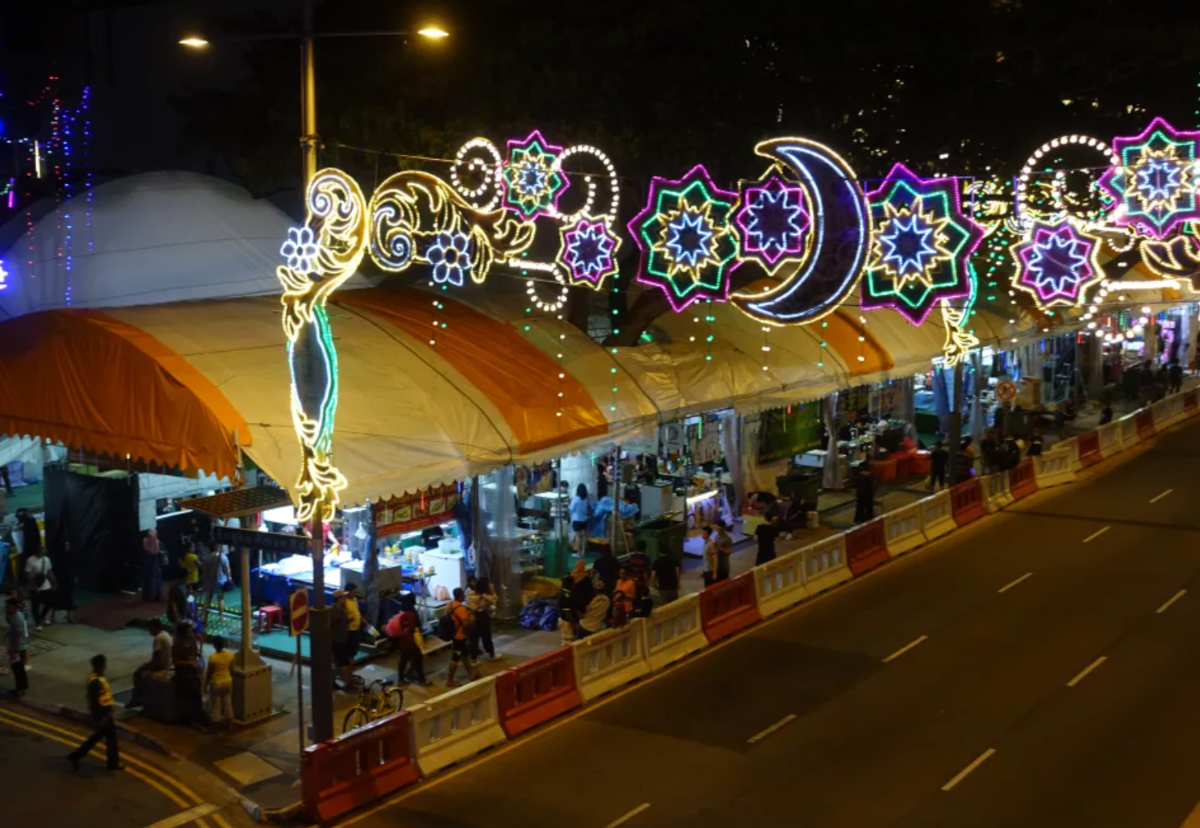

One of the most striking aspects of Geylang is its cultural diversity. The neighborhood is a melting pot of various ethnicities, including Chinese, Malay, Indian, and others. This diversity is celebrated in the form of cultural festivals, religious celebrations, and the availability of diverse cuisines.
One undeniable highlight of Geylang is its food scene. The district is synonymous with delicious street food and authentic international cuisine. The numerous hawker stalls, coffee shops, and restaurants offer a wide range of culinary experiences. From local favorites like chili crab and char kway teow to international delicacies like Indonesian nasi padang and Vietnamese pho, Geylang is a paradise for food enthusiasts.
The abundance of food options is not only a draw for residents but also for food lovers from all over Singapore who flock to the area to satisfy their culinary cravings. This gastronomic aspect of Geylang adds an exciting dimension to living in the neighborhood.
Challenges of Living in Geylang
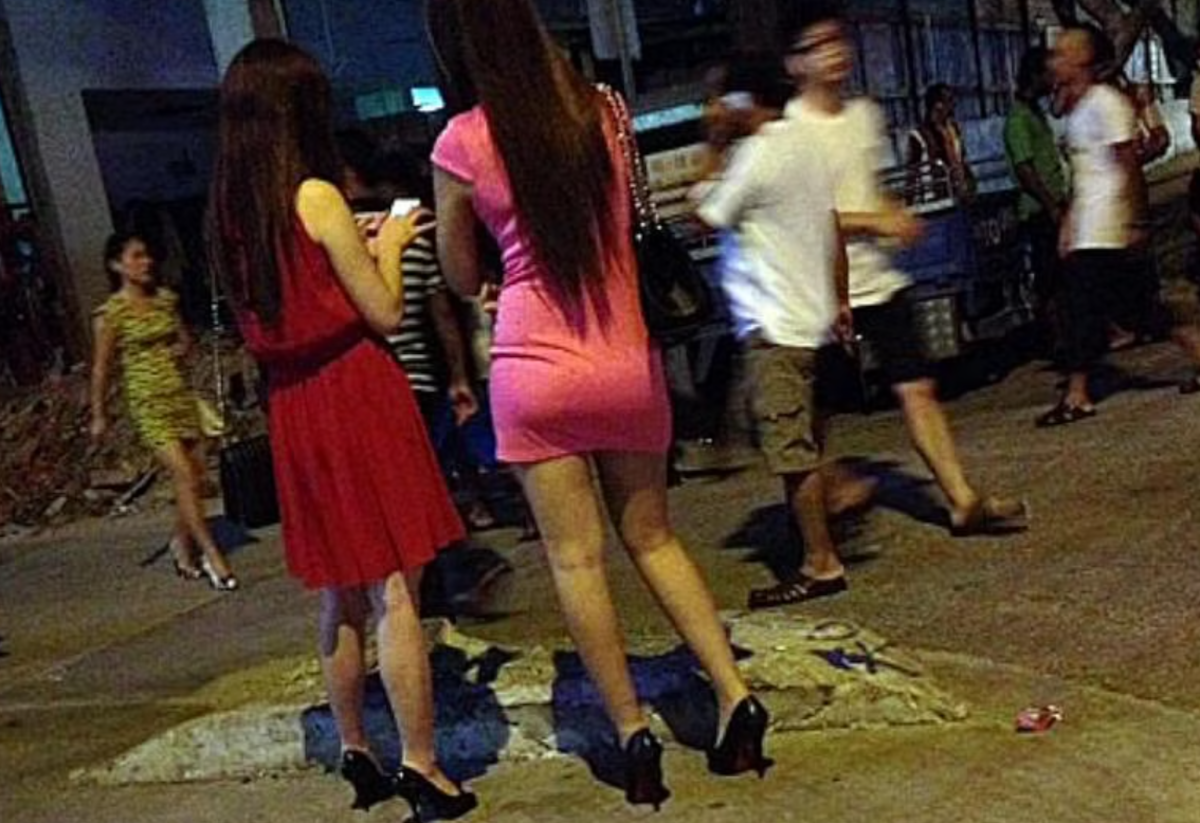

While Geylang offers a unique cultural experience and culinary delights, it is not without its challenges for residents. These challenges are important to consider when assessing whether Geylang is a good place to live.
Noise Pollution: A Constant Nuisance
Geylang is a bustling district with numerous entertainment establishments, including karaoke lounges and bars. While these contribute to its lively atmosphere, they also result in high levels of noise pollution. The din of late-night revelry can be a constant nuisance for residents who value peace and quiet in their homes.
Traffic Congestion: Navigating Geylang’s Streets
The narrow streets of Geylang are often congested with vehicles, both day and night. Traffic congestion is a common issue in the district, making commuting and finding parking spaces a daily challenge for residents. The crowded roads can lead to frustration and delays in daily routines.
Red-Light Activities: Prostitution and Its Presence
One of the most significant challenges of living in Geylang is the presence of prostitution, which remains an integral part of the neighborhood’s identity. While some residents may tolerate it as a historical aspect of the area, others find it uncomfortable or inappropriate for a residential neighborhood. The open solicitation of sex workers in the vicinity can be unsettling for families and individuals who call Geylang home.
Social Stigma: Living in Geylang
Another challenge that residents of Geylang may face is the social stigma associated with living in a red-light district. Singapore is a society with conservative values, and some individuals may have reservations about disclosing their Geylang address to friends, colleagues, or even potential employers.
Advantages of Living in Geylang
Despite the challenges, Geylang has its share of advantages that make it an attractive place to live for some.
Cultural Richness: Celebrating Diversity
Geylang’s diverse community fosters cultural exchanges and provides residents with opportunities to embrace different traditions and lifestyles. The neighborhood hosts a myriad of cultural festivals and events that showcase the traditions and heritage of various ethnic groups. For those who value multiculturalism and enjoy learning about different cultures, Geylang offers a unique living experience.
Historical Charm: Preserving Shophouses
The architecture of Geylang is characterized by its historic shophouses, which add character and charm to the area. Despite the changes over the years, these shophouses have been preserved and are a testament to the neighborhood’s history. Walking through the streets of Geylang is like stepping back in time, with architectural elements that harken back to the past.
Culinary Delights: A Gastronomic Paradise
The abundance of food options in Geylang ensures that residents can enjoy a wide array of cuisines without leaving their neighborhood. From local street food stalls to authentic international restaurants, Geylang is a food lover’s paradise. The convenience of having an array of dining choices right at one’s doorstep is a significant advantage for residents.
Community Engagement: Building Bonds
Despite the challenges posed by its notoriety, residents of Geylang have made concerted efforts to build a sense of community. Local initiatives, neighborhood associations, and community centers aim to strengthen social bonds among residents. The Geylang Serai Community Club, for instance, hosts various activities and events that encourage residents to come together and engage in cultural and recreational pursuits. These efforts help foster a sense of belonging and community spirit.
Urban Redevelopment: A Changing Landscape
In recent years, the Singaporean government has initiated efforts to redevelop Geylang, addressing some of the neighborhood’s challenges. These redevelopment initiatives encompass improved infrastructure, urban planning, and measures to reduce noise pollution. While the changes are gradual, they are aimed at enhancing the overall living experience for Geylang condos.
Geylang historical significance, cultural richness, and culinary diversity make it an attractive place to live for many. However, the challenges it poses, such as noise pollution, traffic congestion, the presence of prostitution, and social stigma, cannot be overlooked.
The decision of whether Geylang is a good place to live ultimately depends on individual preferences and priorities. For those who value cultural diversity, culinary exploration, and a vibrant atmosphere, Geylang’s unique charm may outweigh its drawbacks. The efforts by the government and residents to address the neighborhood’s challenges indicate a commitment to improving the quality of life in Geylang.
Geylang continues to evolve as a diverse and dynamic district within the urban landscape of Singapore. Its complexities and contradictions make it a place where one can experience both the best and the most challenging aspects of living in a cosmopolitan city.

